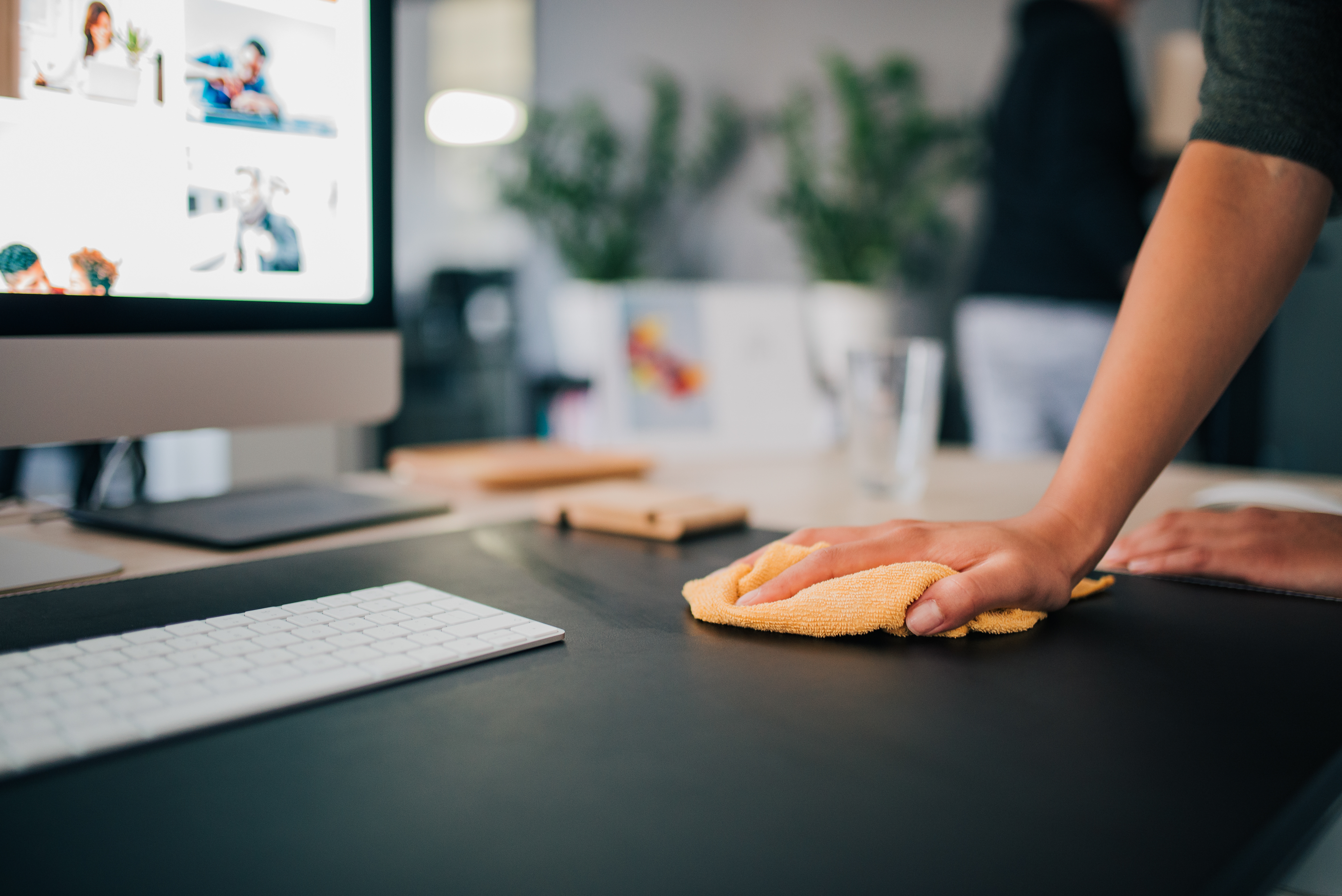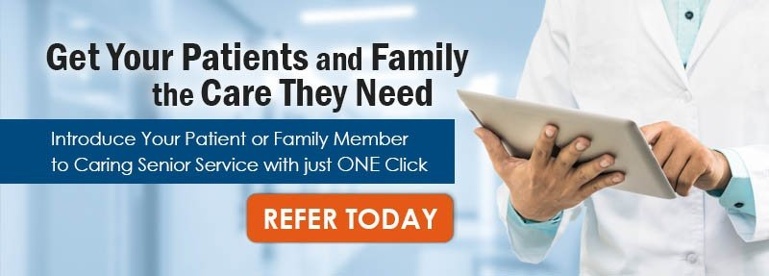Right now, the safest place for most people is in their homes, avoiding contact with those outside their immediate family. But for those who rely on healthcare facilities, social distancing is only somewhat possible. It is still necessary for patients to share surfaces, items, and facilities where the infection could potentially pass between people.
This is why it's so important for healthcare workers to keep the office and medical care spaces completely sanitized. The usual levels of cleanliness and cleaning between patient visits are no longer enough. And yes, we know that's a high bar to keep raising. Healthcare workers everywhere are striving to keep their workplaces sanitized continuously and often disinfected in order to prevent the spread of illness between the professionals and their patients.
So we're here to help with a quick guide for healthcare workers on how to keep your workspace sanitized every day of this ongoing outbreak.
Products that Sanitize and Disinfect
To fight the coronavirus, you need a product that is strong enough to disinfect. In medical terms, a disinfectant is any substance that can kill all viruses and bacteria with 30 minutes of direct exposure. Yes, it can take 30 minutes for a full disinfectant round to occur. Fortunately, there's a slightly less powerful option - sanitization.
A sanitizing substance is anything that kills 99.9% of germs in 30 seconds of exposure. Quick, efficient sanitization can remove the vast majority of germs from any surface or object. It can be done with a diluted disinfecting agent. There are many products that are strong enough to disinfect. Clorox and Lysol products are the best-known bleach brands, but hydrogen peroxide and isopropyl alcohol can also do the job, given a high enough concentration and a few minutes of exposure.
Sanitize Before and After Every Touch
COVID-19 transmits through lung mucous particles. When a person coughs or breathes, those particles fill the air and land on many things around them. Someone touches those things, then transfers the virus to their own mucous membrane by touching their face. We each touch our face more than 20 times an hour, unconsciously without realizing it.
So before you, your staff, or your patients touch anything: sanitize it. And after anyone has used an object or been near it, sanitize it again. When you use an object, sanitize, use, and sanitize for the next person.
Sanitize every time a patient passes by, and consider setting hourly sanitization requirements so no one ever leaves germs lying around for long.
What to Sanitize
It's vital that you sanitize every single thing that could have been breathed or coughed onto. Sanitize surfaces and not just the tops of surfaces. Sanitize the vertical and edge surfaces of each counter or table as well. Sanitize the keyboards, pens, and paperclips in the office, assuming everyone has breathed on those. Sanitize the desk-art and everything in the break room. Throw out any old leftovers and advise everyone to be very careful about bringing in sealed containers.
Sanitize the staplers and, in the copy room, sanitize the large printer, copier, and lamination machine. Don't forget the conference room, where people tend to meet in groups (and sometimes cough on the table). Sanitize door handles and hand-rails as well, where hands may be spreading touched virus particles.
The key to sanitization is that each spray and swipe of germ-killing substance removes most of the germs, leaving very few remaining to find new hosts before their lifespan is up.
When to Disinfect
Disinfecting takes much longer than sanitization, because it may require 30 minutes of substance-on-surface soaking before all the virus germs are dead. However, disinfecting is essential to staying ahead of the bug. Disinfecting 100% removes any lingering virus from a surface or object, allowing you to "reset" the infection spread rate in your healthcare office.
Disinfect regularly, as regularly as you can manage. We strongly suggest that you isolate the building, section by section, disinfecting with strong chemicals with doors closed (and vents on). When each section is disinfected and then aired out, a business can return to that section, and a new section can be disinfected.
Disinfect every one to three days, depending on in-office traffic and time permitting. When you disinfect, cover everything in the stronger solution and then leave it in place for thirty minutes before wiping away with water and a clean cloth.
Help Your Staff and Patients Stay Sanitized
Place hand sanitizer stations in key doorways and at regular hallway intervals. Encourage everyone to use them. The most effective methods thus far have been funny signs that win a smile or chuckle as people stop to clean their hands. Constant hand sanitizing kills germs already picked up by touching infected particles and can stop someone from getting sick if they sanitize before the next time they touch their face.
So give your team the sanitizing pep-talk and pass out hand-lotion to counter the constant drying sanitization. Help your patients stay sanitized by making sanitizer available. You can even provide sanitizing wipes and encourage each person in the office to sipe any surface they see on the way by.
Provide Face Masks
If possible, provide your team with medically-rated facemasks that can prevent them from breathing-in new virus particles or accidentally breathing on items while silently carrying the virus. Face masks are seeing some shortages across the globe but if you have a supply, encourage your team to use them intelligently. If you don't have face masks, encourage your team to come in bandanas and other homemade masks. Do not wear mask ideas that could get in your way or put patients in danger in the course of your work.
Healthcare workers are doing everything they can to contain the virus and keep people healthy at the same time. Maintaining a strict sanitization policy is one of the few ways to truly limit the spread of the COVID-19 virus when people must gather in your medical office and waiting room. We know how important patient safety is and we are here to help. Contact us today for more information on keeping everyone safe during the coronavirus outbreak.


